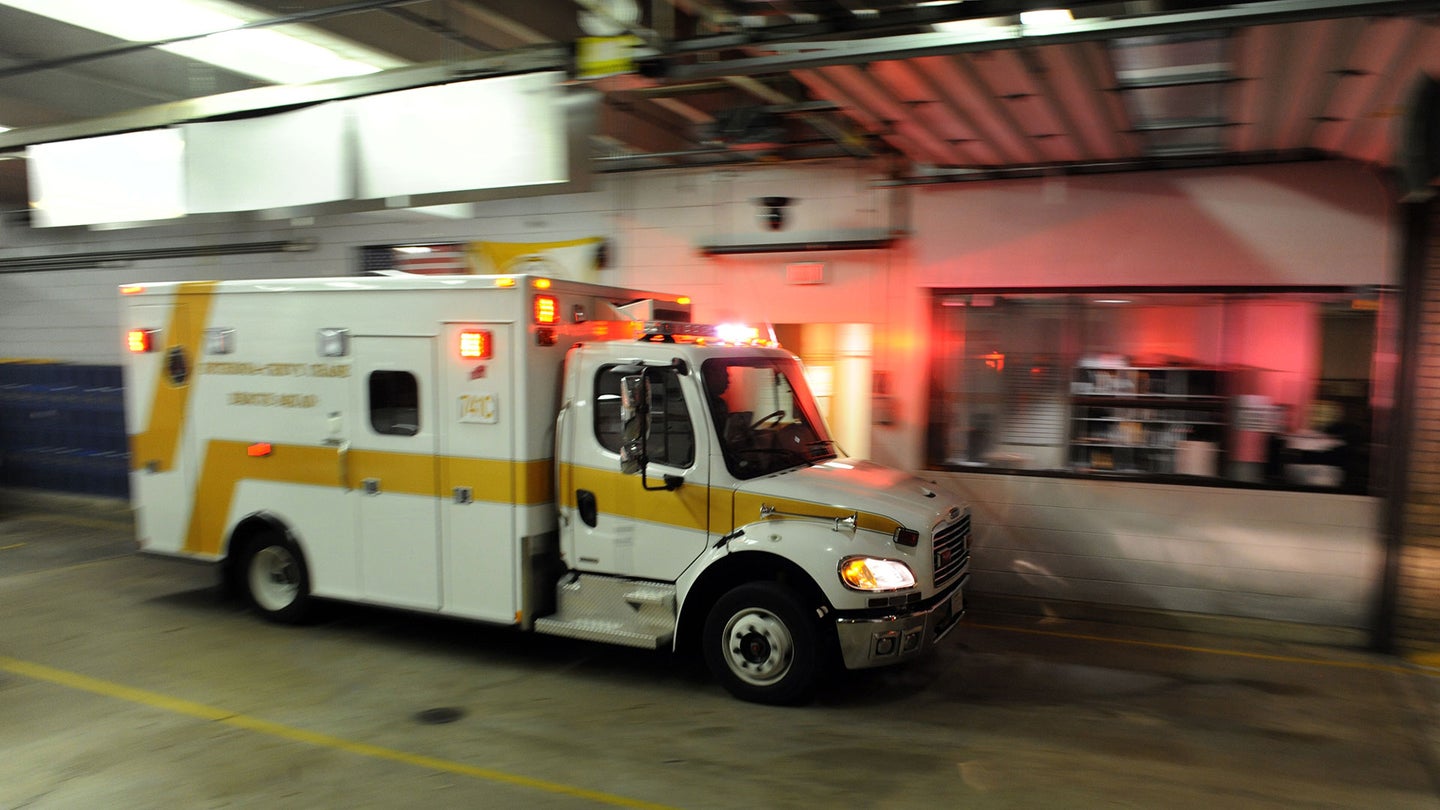The Dangerous Reality Behind Operating An Ambulance
Is this the inevitable reality of the emergency services?

Operating an ambulance is a lot more than driving lights and sirens to a call, there are dozens of moving parts and variables that turn the task of driving an emergency vehicle into being the conductor of a chaotic orchestra.
The first task may seem simple in nature but is actually the hardest of all, calming yourself. No matter how many times you have been behind the wheel of an ambulance, there is always a little part of you that will get an adrenalin rush. When a call is critical in nature, your natural instinct is to want to get there as fast as possible, unfortunately that is not the right move and it endangers the public. Okay, so task one is calm your nerves and find the fine balance between getting to a call safely and quickly.
Task two is something the general public takes for granted but is truly an art form, the siren. The point of a siren is to notify the traffic ahead that an ambulance is approaching, in order to successfully do so, the operator needs to vary the sound from wail to yelp, the phaser and so forth. Each siren has its own benefits and downsides that I will gladly go over at a later date. However, the point of me telling you about siren use is that it takes thought and a hand off the wheel for extended periods of time.
Task three, using the radio. Radio communication throughout an emergency is fundamental to a smooth call. The radio tells dispatchers and other responding personnel what it going on and what additional resources are needed. Every moment of a call aside from interventions is relayed over the radio (unless you use the radio for hospital notifications). Once again this is something that causes the operator to take their hands off the wheel, even if it is just for a brief moment.
The next task is notifying the hospital of the patient’s condition. This can be done two ways, either through a cell phone to the charge nurse or it can be done through a radio transmission. Both options require the operator to obtain information from the Paramedic or EMT tech’ing the call and then relay that information to the receiving facility.
If you haven’t started getting the picture by now, there are a lot of moving parts and tasks an ambulance operator needs to do aside from simply driving the ambulance. Although we didn’t dive into driving an ambulance lights and sirens, you don’t have to use too much of an imagination to notice it’s a difficult task in itself. Couple that with the four tasks we discussed earlier and you realize general ambulance operations is in desperate need of an improvement.
I don’t pretend to have the answer for safer ambulance operations but a wireless headset with a UHF/VHF and cellular capabilities would certainly reduce operator distractions. If your department operates differently, let us know in the comments below and if you have any recommendations for safer practices we would like to hear it.
Max Goldberg, EMT, FTO, PIO
